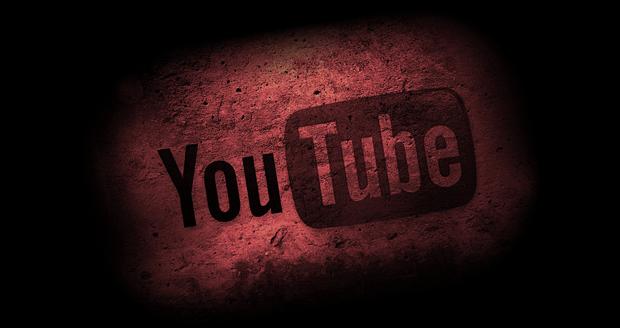The Importance of Colors in Marketing and Sales

**The Importance of Colors in Marketing and Sales**
Colors play a pivotal role in marketing and sales, influencing consumer behavior, brand perception, and purchasing decisions. While often overlooked, the psychology of color is a powerful tool that businesses use to craft compelling branding strategies, create emotional connections with customers, and drive sales. Understanding the impact of color on consumer psychology is key to designing effective marketing campaigns and products that resonate with target audiences.
### The Psychology of Color
Color has a direct influence on emotions, making it a crucial aspect of marketing. Different colors evoke distinct feelings and associations, and companies can leverage this to shape how consumers perceive their brands. For instance, red is often associated with urgency, excitement, and passion. It is commonly used in clearance sales and fast-food marketing because it grabs attention and stimulates appetite. In contrast, blue tends to evoke calmness, trust, and reliability. It is frequently used by financial institutions and tech companies to convey stability and professionalism.
Similarly, green is linked to nature, health, and sustainability, making it ideal for brands promoting eco-friendly products. Yellow is associated with happiness, optimism, and warmth, which makes it effective in capturing attention and creating a sense of positivity around a product or service. Purple often symbolizes luxury, creativity, and sophistication, which is why high-end brands frequently use it in their marketing.
By strategically incorporating these color associations into branding and product design, companies can communicate their values and identity without words, establishing a visual connection with consumers.
### Color and Branding
Brand identity relies heavily on color. The right color can make a brand instantly recognizable and distinguish it from competitors. Think of Coca-Cola's iconic red, Starbucks' deep green, or Facebook's blue. These brands have cultivated an emotional response based on the colors they consistently use in their logos, packaging, and advertisements. When a company chooses a color palette for its branding, it is not just an aesthetic decision; it is a deliberate choice that aligns with the brand’s message, target audience, and industry standards.
Research shows that people make subconscious judgments about a product within the first 90 seconds of seeing it, and up to 90% of that assessment is based on color alone. This means that color can significantly influence a customer’s initial impression and decision to engage with a product or service. Moreover, consistency in color usage helps build brand recognition. Studies reveal that color can improve brand recognition by up to 80%, a critical factor in standing out in a crowded market.
### The Role of Color in Driving Sales
Colors can also impact purchasing decisions. Retailers often use color to guide customer behavior within a store. Warm colors like red, orange, and yellow are often used to create a sense of urgency, making them common in clearance and discount signage. Cooler colors, like blue and green, can have a calming effect, which can encourage shoppers to stay longer and explore products more thoroughly. Additionally, the use of contrasting colors can make call-to-action buttons on websites or apps more noticeable, improving conversion rates.
Online, where user experience is crucial, the right color choices can make or break a sale. For example, e-commerce platforms frequently use contrasting colors for "Buy Now" or "Add to Cart" buttons to attract attention and prompt immediate action.
### Conclusion
In marketing and sales, color is more than just a visual element—it is a strategic tool that influences consumer behavior, shapes brand perception, and drives sales. By understanding the psychological effects of color, businesses can make more informed decisions in their branding and marketing efforts. Whether through packaging, logos, or website design, the right color choices can create emotional connections with customers, increase brand recognition, and ultimately boost sales.










Comments